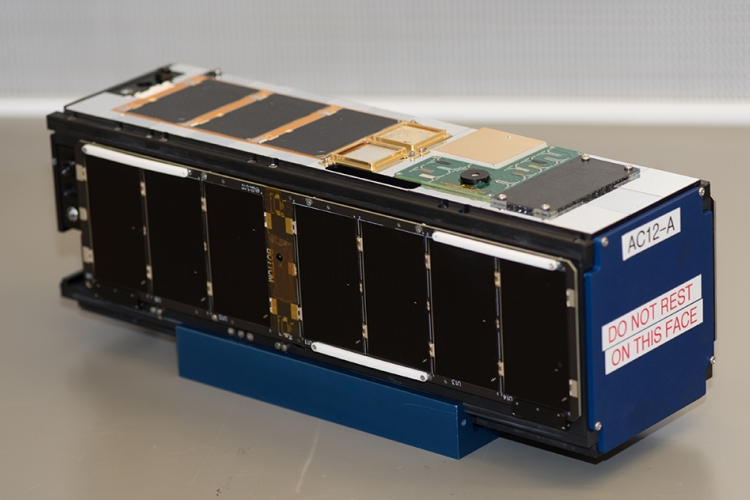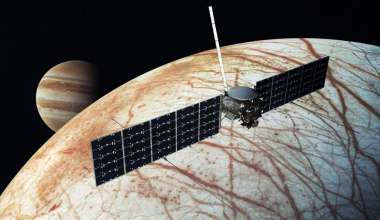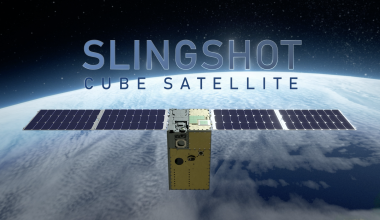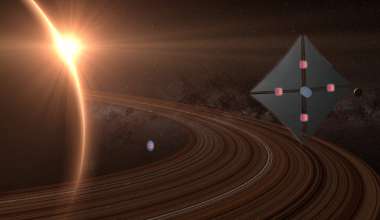Aerospace’s latest AeroCubes deployed July 15 from the International Space Station (ISS) with the goal of demonstrating new star-tracking imaging sensors and testing advanced solar cells and a variety of nanotechnology payloads.
AeroCube 12 A and B, two nearly identical 3U CubeSats, were developed in support of the U.S. Air Force and launched May 21 on an Antares 230/Cygnus Commercial Resupply Service mission to the ISS.
“Our CubeSats are always pushing the technological edge, and the AeroCube 12 duo is no exception,” said senior project engineer Carrie O’Quinn.
The star trackers being tested on AeroCube 12 have a higher sensitivity than other star trackers in the same size and weight category. These star trackers have the potential to provide future small satellites with higher precision star-tracking capability without the added mass and volume of the larger, more capable star trackers currently on the market.
The nanotechnology payloads will test new and emerging materials (including structural materials, epoxies, and cables) in a space environment. The advanced solar cells will also be tested to determine their on-orbit performance, including any degradation with exposure to the space environment.









